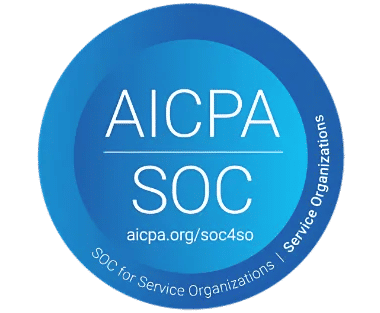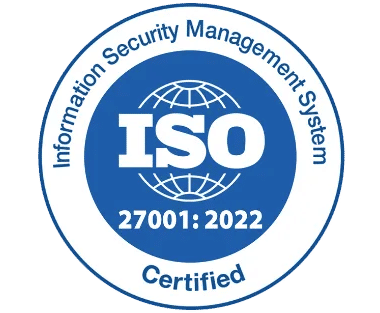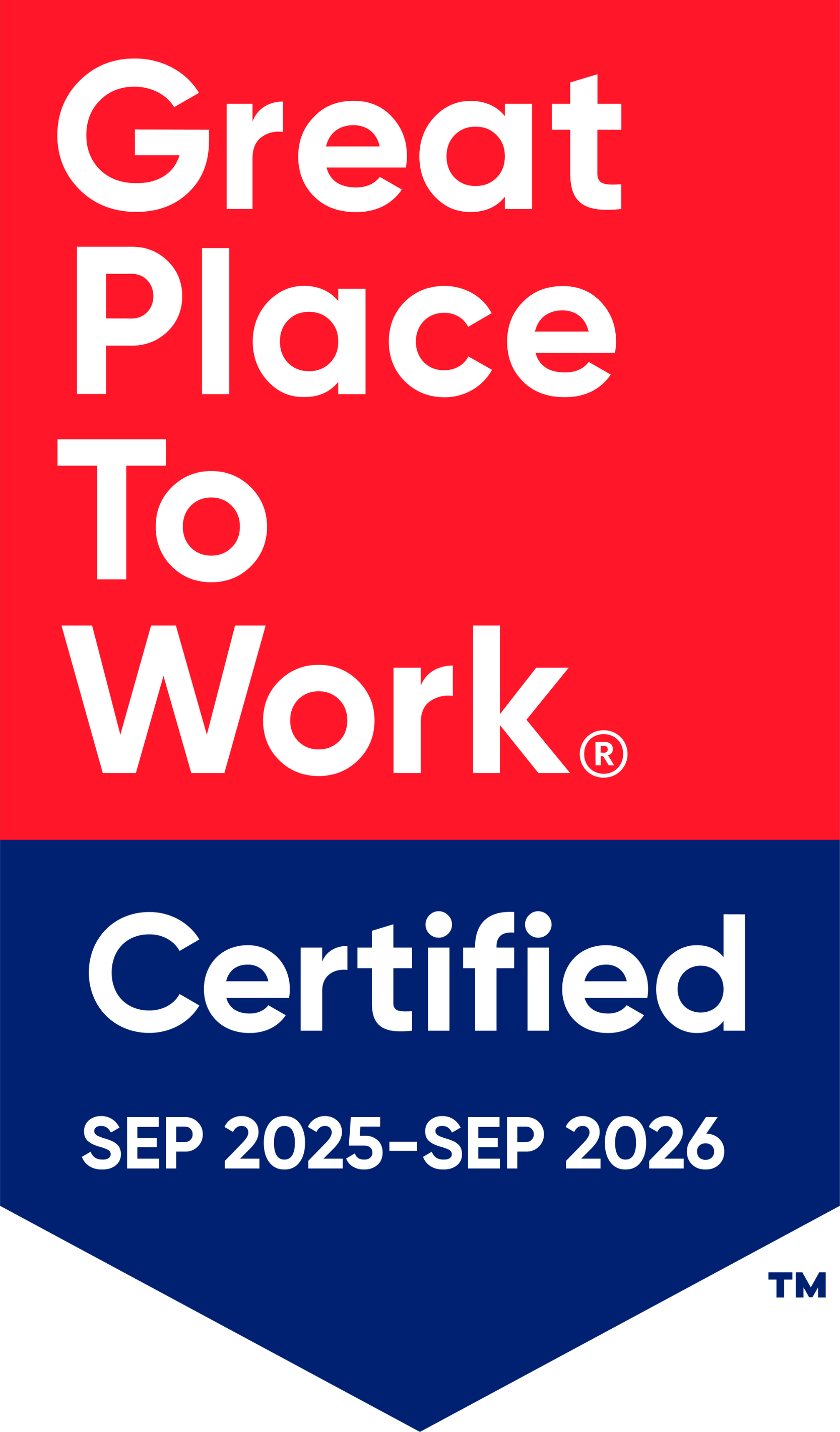Project Constraints: 10 Different Types You Should Know

Fast, affordable, or high-quality—why settle for just two? Every project manager struggles with balancing competing demands, and project constraints are at the heart of that challenge. These limitations can restrict scope, budget, and timelines, putting project success at risk. Understanding these constraints, how they impact each other, and the right tools to manage them is key to keeping projects on track. Let’s break down the essential constraints and how to navigate them effectively.
What Are Project Constraints?
In project management, a constraint is any factor that limits a project’s scope, timeline, or budget, potentially impacting its success. These constraints can slow down progress, affect quality, or lead to cost overruns if not properly managed.
Over time, different models have been introduced to help project managers identify, analyse, and mitigate these limitations. However, the most widely recognized approach is the Triple Constraint Model, which emphasizes the balance between scope, time, and cost. Mastering these constraints is key to delivering projects efficiently while meeting stakeholder expectations
The Triple Constraints: A Core Challenge for Project Managers
Every project manager is familiar with the Triple Constraint Model—a framework that defines the delicate balance between time, scope, and cost in project management. Originally introduced by Dr. Martin Barnes in 1969, this model gained global recognition through the Project Management Institute (PMI) and remains a cornerstone of project planning today.
The concept is simple: to achieve project success, all three constraints must be managed effectively. If one factor shifts—whether it’s an increase in scope, a compressed timeline, or budget limitations—the others must adjust accordingly. Mastering this balance is what sets great project managers apart, ensuring efficient execution without compromising quality.
Time: What is the project’s deadline, and how long do you have to complete it?
Scope: What are the specific deliverables and objectives that define project success?
Cost: What is the allocated budget, and how will financial resources be managed to achieve the desired outcome?
For businesses looking for a budget-friendly alternative to Expensify that integrates effortlessly with Zoho apps and offers customizable workflows, Zoho Expense is a great option.
Managing the Triple Constraint in Project Management
Any change to one element of the Project Management Triangle—time, scope, or cost—will inevitably affect the other two. Successfully balancing these constraints increases the chances of delivering a project on time, within scope, and within budget.
Effectively managing the Triple Constraint can be challenging, but the right project management software can simplify the process. Timesheet 365 offers real-time tracking and reporting tools to help project managers monitor progress, allocate resources efficiently, and make data-driven decisions. With customizable reports on budgets, task statuses, and project performance, teams can stay on track and keep stakeholders informed.
10 Common Project Constraints
A project is considered successful when it meets its objectives within the set timeframe, scope, and budget. However, beyond these core constraints, there are additional factors that can impact project execution. Understanding and managing these constraints is key to ensuring smooth project completion.
1. Cost
Every project requires resources—whether it’s labor, materials, or equipment—all of which come with a price tag. As a project manager, your job is to accurately forecast and control costs during the planning phase to prevent financial setbacks. This involves creating a well-structured project budget that accounts for all anticipated expenses. Failure to allocate sufficient funds can lead to financial constraints, delays, or even project failure. By monitoring expenditures and making strategic adjustments, you can ensure your project stays financially viable from start to finish
2. Time
Effective time management is essential for successful project execution. Creating a well-structured project schedule ensures that tasks are completed within the designated timeframe while aligning with resource availability. Since time directly influences other constraints like scope and quality, failing to manage it properly can lead to missed deadlines, rushed work, and compromised deliverables. A lack of time planning can also force teams to cut corners, ultimately affecting the project’s overall success. By carefully monitoring progress and adjusting schedules as needed, project managers can maintain efficiency and deliver results on time
3. Scope
Project scope defines the boundaries, tasks, deliverables, and objectives that shape the overall project. Clearly outlining what will and won’t be included is crucial for setting expectations with stakeholders and preventing scope creep—the gradual expansion of work beyond the initial plan. To keep scope manageable, project managers often use a work breakdown structure (WBS) to divide large tasks into smaller, more actionable components. Since every project, regardless of industry or complexity, is built around a defined scope, maintaining strict control over it ensures efficiency, prevents delays, and keeps the project on track.
4. Resources
Effective resource management is key to delivering a project on time and within budget. While financial constraints often limit access to essential resources—such as manpower, equipment, or materials—availability can also pose a significant challenge. Even with an unlimited budget, certain resources may be scarce or take longer to procure, creating potential bottlenecks.
For example, if a crucial component like a semiconductor chip is delayed in manufacturing, it could push back the entire project timeline. When essential resources are unavailable, project managers must make tough decisions—either adjust the deadline, modify the project scope, or find alternative solutions to keep the project moving forward.
5. Risk
Risk is an inherent challenge in any project, and managing it effectively is crucial for success. Project risk refers to the possibility of unexpected events negatively impacting the project’s progress, timeline, or outcome. While some risks can be anticipated and mitigated, others arise unexpectedly, requiring quick decision-making and strategic adjustments.
For instance, imagine you’re designing a website and decide to skip the client review phase due to time constraints. This increases the risk that the client may reject the final product, leading to rework and potential delays. While you can reduce risks by implementing preventive measures—such as maintaining critical review steps—doing so might extend the timeline or increase costs. Balancing risk mitigation with other project constraints is essential for maintaining project efficiency and quality.
6. Quality
Quality is a crucial project constraint that focuses on meeting predefined standards and expectations. While it may seem similar to scope, quality is more about the characteristics of the final deliverable rather than just the quantity or scope of work.
For example, if your project involves creating 10 web pages, the scope ensures those pages are delivered, while quality determines the standard of writing, design, and functionality. Quality expectations might include requiring each page to contain around 1,000 words, with an acceptable variation of ±100 words. If one page has 900 words, it meets the quality standards, but if another only has 850, it falls short.
Quality is often influenced by other project constraints, such as time and budget. If a deadline is approaching and time is tight, you might decide to relax quality standards slightly—such as reducing word count requirements—to ensure timely delivery. However, maintaining a balance between quality, time, and cost is essential to delivering a successful project. 7. Sustainability
Sustainability is an often-overlooked project constraint, yet it plays a crucial role in modern project management. It influences how projects are planned, executed, and delivered, particularly in industries focused on environmental and social responsibility.
Sustainable practices can introduce limitations in terms of material choices, energy consumption, and waste management. For example, opting for eco-friendly materials may increase costs or require extended lead times due to limited availability. Additionally, integrating sustainability into a project might demand specialized expertise, adding complexity to resource allocation.
Project managers must carefully balance sustainability with other constraints such as budget, timeline, and scope. While sustainable choices may introduce additional challenges, they also contribute to long-term benefits such as regulatory compliance, brand reputation, and reduced environmental impact.
8. Strategic Alignment
Strategic alignment is a key project constraint that determines how well a project supports an organization’s long-term objectives. Projects that fail to align with business goals may lose priority, face budget cuts, or even be discontinued altogether.
Since companies allocate resources to initiatives that drive their strategic vision, projects that don’t directly contribute to business growth or competitive advantage may struggle to secure funding, manpower, or executive buy-in. Additionally, strict deadlines tied to strategic objectives—such as launching a product to capitalize on a market trend—can create pressure on quality, scope, or cost.
Project managers typically assess strategic alignment in collaboration with the organization’s project management office (PMO) or leadership team. Ensuring that a project is in sync with the company’s goals not only increases its chances of success but also strengthens stakeholder support and resource availability.
9. Compliance & Regulatory Requirements
Ensuring compliance with legal and regulatory standards is a critical project constraint that can directly impact timelines, budgets, and overall project feasibility. Projects must adhere to local, state, and federal laws, as well as industry-specific guidelines, environmental policies, and health and safety regulations.
Non-compliance can result in fines, legal action, or even project shutdowns, making it essential for project managers to stay informed about relevant regulations. Some industries, such as healthcare, finance, and construction, have stringent compliance requirements that mandate regular audits, quality checks, and certifications. Meeting these standards often involves extensive documentation, testing, and approval processes, which can introduce delays and additional costs.
By integrating compliance considerations into project planning from the outset, teams can mitigate risks, streamline approval workflows, and ensure that the project meets all regulatory benchmarks without unnecessary disruptions.
10. Safety Considerations
While often grouped under compliance and regulatory requirements, safety deserves distinct attention as a key project constraint. It not only affects project outcomes but also directly impacts the health and well-being of team members and stakeholders.
A comprehensive risk assessment should be conducted to identify potential hazards, including physical, chemical, and biological risks associated with the project. Regular safety evaluations of the work environment help mitigate potential dangers and ensure adherence to local, national, and industry-specific safety standards.
For projects involving hazardous conditions, personal protective equipment (PPE) may be mandatory, along with structured safety protocols and emergency preparedness plans. Ongoing training ensures that workers are equipped with the knowledge to maintain a safe workspace, reducing the risk of accidents, legal liabilities, and costly delays. Prioritizing safety not only protects individuals but also enhances project efficiency and long-term sustainability.
How to Manage Project Constraints
Effectively managing project constraints is at the heart of successful project execution. Throughout a project’s lifecycle, it’s essential to continuously monitor, track, and address any deviations before they escalate into major issues. Keeping constraints in check ensures the project stays within scope, on time, and within budget. Here are six key strategies to manage project constraints:
- Cost Management: A well-structured cost management plan is essential for controlling project expenses. This involves four key steps: resource planning, cost estimation, budgeting, and cost control. Regularly reviewing financial allocations helps ensure the project stays financially viable while avoiding budget overruns.
- Time Management: Developing and maintaining an effective time management plan ensures that tasks stay on schedule. This involves creating a realistic project timeline, monitoring progress, and adjusting workflows as needed. Tracking time spent on each task helps align actual progress with the initial project schedule.
- Scope Management: A clear scope management plan defines project deliverables and limitations. Since scope changes can disrupt timelines and budgets, maintaining a well-documented scope prevents unnecessary expansion (scope creep). Regularly revisiting the scope ensures alignment with stakeholder expectations and project objectives.
- Quality Management: Delivering a project on time and within budget means little if it doesn’t meet quality expectations. A quality management plan sets measurable standards to ensure deliverables align with stakeholder expectations. Quality assurance processes, including regular reviews and testing, help maintain consistency and performance.
- Risk Management: Unforeseen risks can derail a project, making a proactive risk management strategy essential. Identifying potential threats, assessing their impact, and developing mitigation plans ensures that the project can navigate uncertainties effectively. Continuous monitoring allows for quick responses to new risks as they emerge.
- Resource Management: Proper resource allocation ensures that teams, equipment, and materials are efficiently utilized throughout the project. A structured resource management plan helps assign tasks, optimize workloads, and track availability, ensuring that constraints related to staffing or materials don’t hinder project progress.
Balancing Project Constraints
Beyond just setting up processes and guidelines for managing project constraints, project managers must actively balance them to ensure project success. Since constraints influence every aspect of a project, understanding how to navigate them effectively is crucial.
The first step in balancing constraints is thorough planning. While cost, time, and scope management plans are created during the project’s planning phase, each phase of the project lifecycle should also be carefully structured. A Work Breakdown Structure (WBS) is an excellent tool for breaking down tasks and deliverables, ensuring clarity and efficiency from the start.
Next, it’s essential to assess the potential impact of each constraint on the project. This is where risk management and resource leveling play a vital role. Resource leveling adjusts start and finish dates to prevent resource shortages or bottlenecks, ensuring a smooth workflow. Simultaneously, a quality management plan helps maintain standards while accommodating other constraints.
Another critical factor is balancing your team’s workload. Overloading team members can lead to burnout, decreased productivity, and ultimately, project delays. Efficient resource management ensures that tasks are distributed fairly, preventing exhaustion and optimizing performance.
Beyond technical management strategies, clear and consistent communication is key to keeping constraints in check. Transparent discussions between project teams and stakeholders ensure that potential risks and roadblocks are identified early and addressed proactively.
While time, cost, and scope remain primary project constraints, successful project managers go beyond these and consider quality, risk, resources, sustainability, strategic alignment, methodology, and stakeholder satisfaction. By taking a well-rounded approach to balancing constraints, projects are more likely to stay on track and deliver the desired outcomes efficiently.
Timesheet 365 Helps You Manage Constraints
Managing constraints is a fundamental part of successful project execution. To keep your project on track, you need a project management tool that enables you to plan, monitor, and adjust as challenges arise. Timesheet 365 is a powerful solution that helps businesses effectively manage project constraints, ensuring smoother workflows and better decision-making.
Plan with Precision
Without careful budgeting, a project can quickly spiral out of control. Timesheet 365 offers advanced tracking and planning features, allowing you to allocate resources effectively and prevent financial drain. With interactive Gantt charts, you can schedule tasks, set milestones, and track cost allocations in real time. This way, your team stays on course, and financial surprises are minimized. Additionally, you can link task dependencies to identify and eliminate bottlenecks before they become roadblocks.
By leveraging Timesheet 365, you can seamlessly manage your project’s constraints and ensure timely, cost-effective, and high-quality project delivery.
Optimize Resource Management with Timesheet 365
One of the biggest challenges in project management is keeping costs in check while ensuring resources are efficiently allocated. Poor resource management can lead to budget overruns and scheduling delays. Timesheet 365 provides real-time dashboards that give you a clear overview of your resources, helping you make informed decisions.
With Timesheet 365, you can:
- Track supplier and vendor expenses to ensure cost efficiency.
- Monitor team workloads and adjust assignments to prevent burnout.
- Gain real-time insights into resource utilization to optimize productivity.
Conclusion: Efficiently Manage Team Time with Timesheet 365
Time management is a key factor in successful project execution. Without a structured approach, tracking team hours, monitoring progress, and maintaining efficiency can become overwhelming. Timesheet 365 simplifies this process with easy-to-use timesheets, ensuring seamless time tracking and approval for managers.
With Timesheet 365, you can:
- Simplify timesheet submissions for team members, reducing administrative work.
- Enable quick approvals so managers can stay on top of project timelines.
- Leverage in-depth project reporting to track time usage, identify bottlenecks, and optimize workflows.
Balancing project constraints requires powerful tracking and reporting tools. Timesheet 365 provides real-time dashboards that help you monitor project progress, manage budgets, and improve overall efficiency, ensuring every project stays on track.
Frequently Asked Questions
What are project constraints?
Project constraints are limitations or restrictions that impact project execution. The most common are time, cost, and scope, but other factors like quality, risk, and resources also influence project success.
How do project constraints affect project management?
Constraints define the boundaries of a project, influencing planning, execution, and decision-making. A change in one constraint, such as budget cuts, may affect scope or deadlines, requiring adjustments to keep the project on track.
What is the Triple Constraint in project management?
The Triple Constraint, also known as the Iron Triangle, includes time, cost, and scope. These three elements are interconnected—if one changes, the others must adapt to maintain project balance.
How can project managers handle constraints effectively?
Project managers can manage constraints by using strategic planning, risk assessment, resource allocation, and real-time tracking tools. Effective communication and adaptability are also key in balancing competing demands.
Can project constraints be flexible?
While some constraints, like regulatory requirements, are rigid, others can be adjusted based on project needs. For example, a project may extend its deadline (time) to improve quality or increase budget to expand scope.









_svxLrd-8yH.png)

_2VYSFUTN5m.png)

_JiluXJRGNl.svg)

_2djTKNocf.png)





_Rapo0hRMBy.png)

















